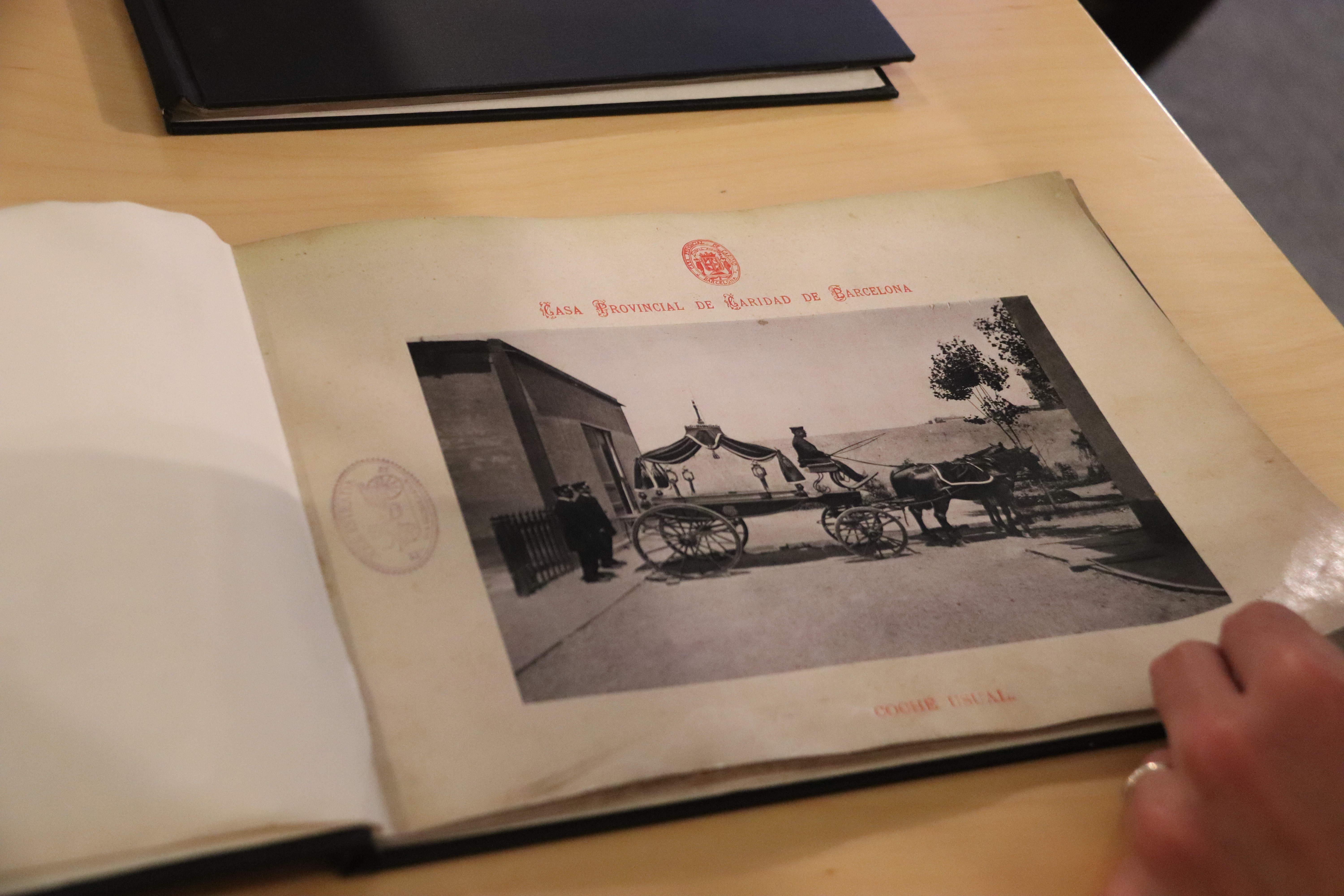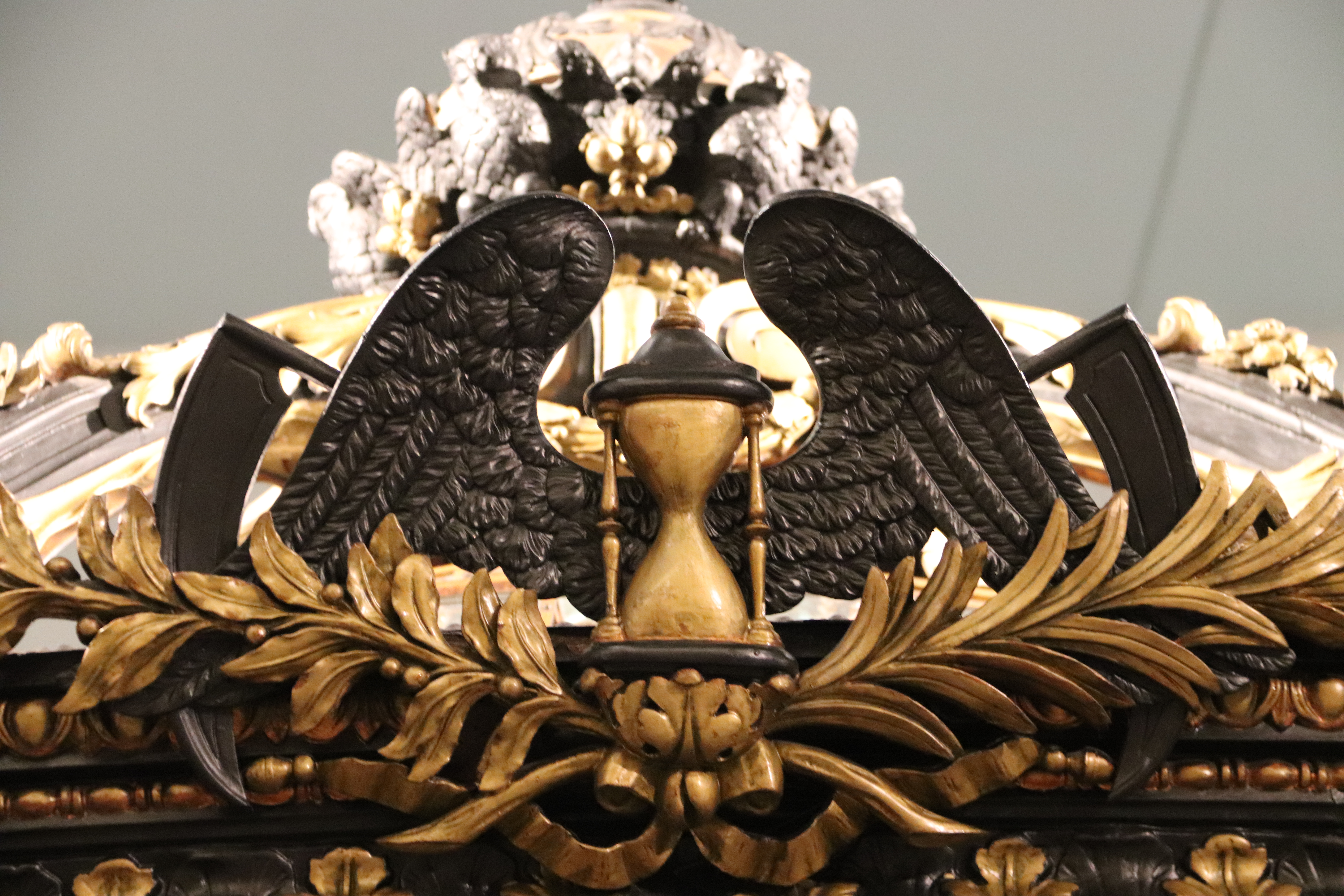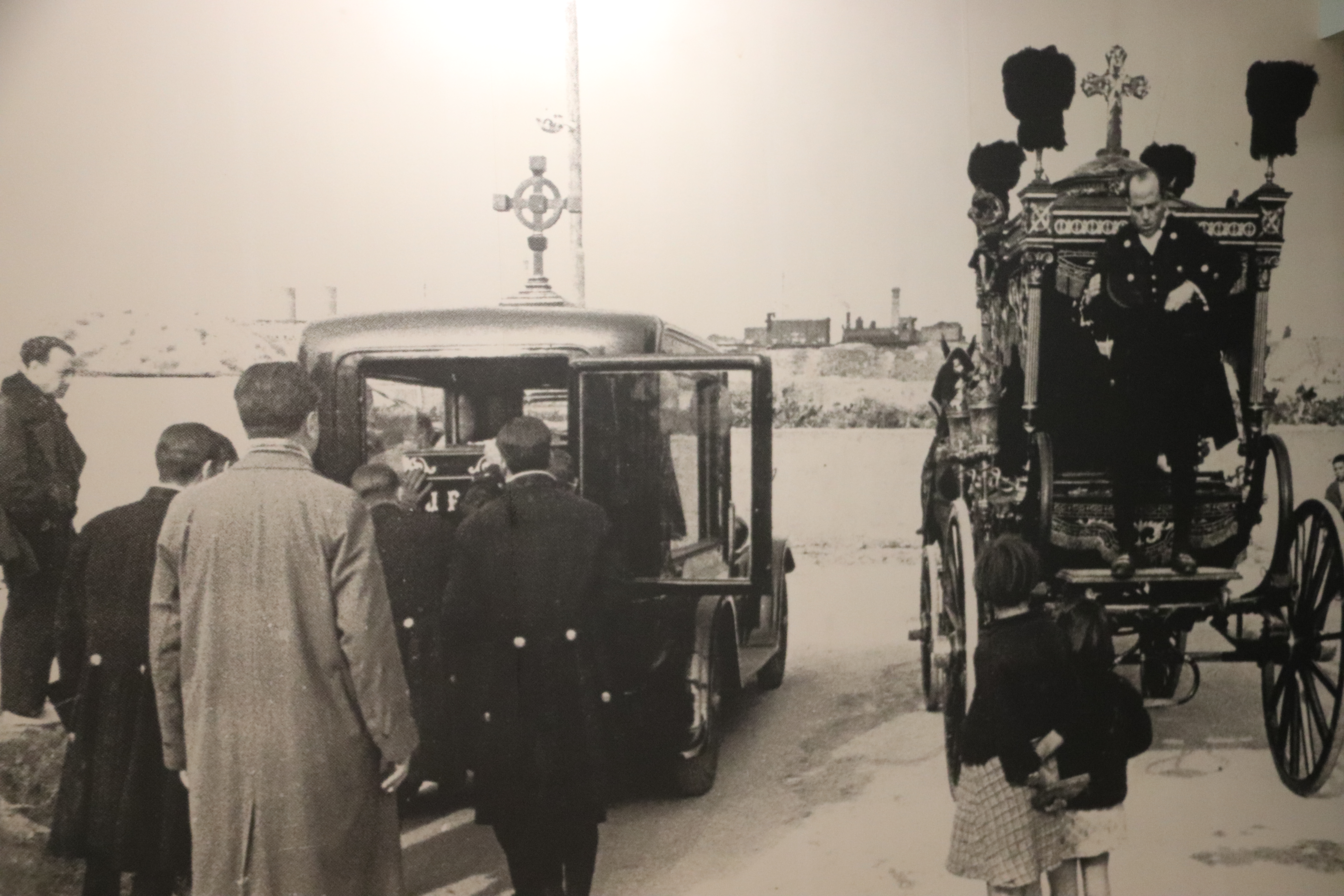Barcelona's unique collection of funeral carriages
One-of-a-kind set used in 19th and 20th centuries in Montjuïc cemetery

Catalonia has many landmarks, museums, traditions and historical sites that are truly unique, such as the 'l'ou com balla', the Chocolate Museum, 'La Patum', and the Museum of forbidden art, among many others.
Another addition to this exceptional list is the Collection of Funeral Carriages in Barcelona, a unique museum in all of Europe.
The museum is located within Montjuïc cemetery and its collection includes 13 funeral carriages.
But what are funeral carriages?
These are the carriages that were used during the 19th century and up until the middle of the 20th for funeral rituals in Barcelona.
"This collection of funeral carriages was opened in 1970 and was initially displayed in the basement of the Sancho de Ávila Morgue, but in 2012 it was relocated in the Montjuïc mountain," Adrià Terol, the cultural manager of the cemeteries in Barcelona, tells Catalan News.

These carriages were used by higher social classes, as funerals were also an occasion to show each person's social status. "These carriages tried to imitate the vehicles of the old aristocracy," Adrià Terol explains.
"The bourgeoisie was initially a revolutionary social class, but little by little the people began to take on the habits customs of the old aristocracy,” Terol continues. “They copied the design of the vehicles and adapted them to hearses, which is why some of them even have glass windows, which are really just for show."

There were also carriages reserved for cultural figures and illustrious members of society, like Antoni Gaudí, Joan Maragall and Narcís Oller, which were not as showy as the bourgeoisie's ones, but were still quite luxurious.
Every detail of decoration in the carriages had a meaning and symbolism: "a lot of symbols refer to the passing of time such as the winged hourglass, called Tempus Fugit in Latin, which depicts the brevity of time, showing that life is finite and that it flies by," explains Adrià Terol.

Terol also mentions the symbology with animals such as the owl: "It is a very common symbology that can also be seen throughout the cemeteries and in sculptures. Since the times of the Romans, the owl has been associated with wisdom, and since it is an animal that can see well at night, it was believed that it was able to see after death and offer guidance to the souls."
The museum space also shows how funeral rituals and traditions have changed over time, what role the Catholic church had in these ceremonies, and how the vigils moved from taking place in people’s homes to the morgue.

The museum also touches on deeper social issues such as gender issues, the role of women and how they took part in the funeral ceremony. "Women were almost invisible, they had a very secondary role because, for example, mourning in public was only permitted for men," Adrià mentions.
Rituals have definitely changed in Catalonia and although they have lost some of their pomp and spectacle, these changes have made way for a different and more intimate way of grieving loved ones.
Podcast
The 201 episode of Filling the Sink podcast is a deep dive into the history of funeral rituals in the city: